Mary Obering paintings exhibited in Los Angeles for the first time
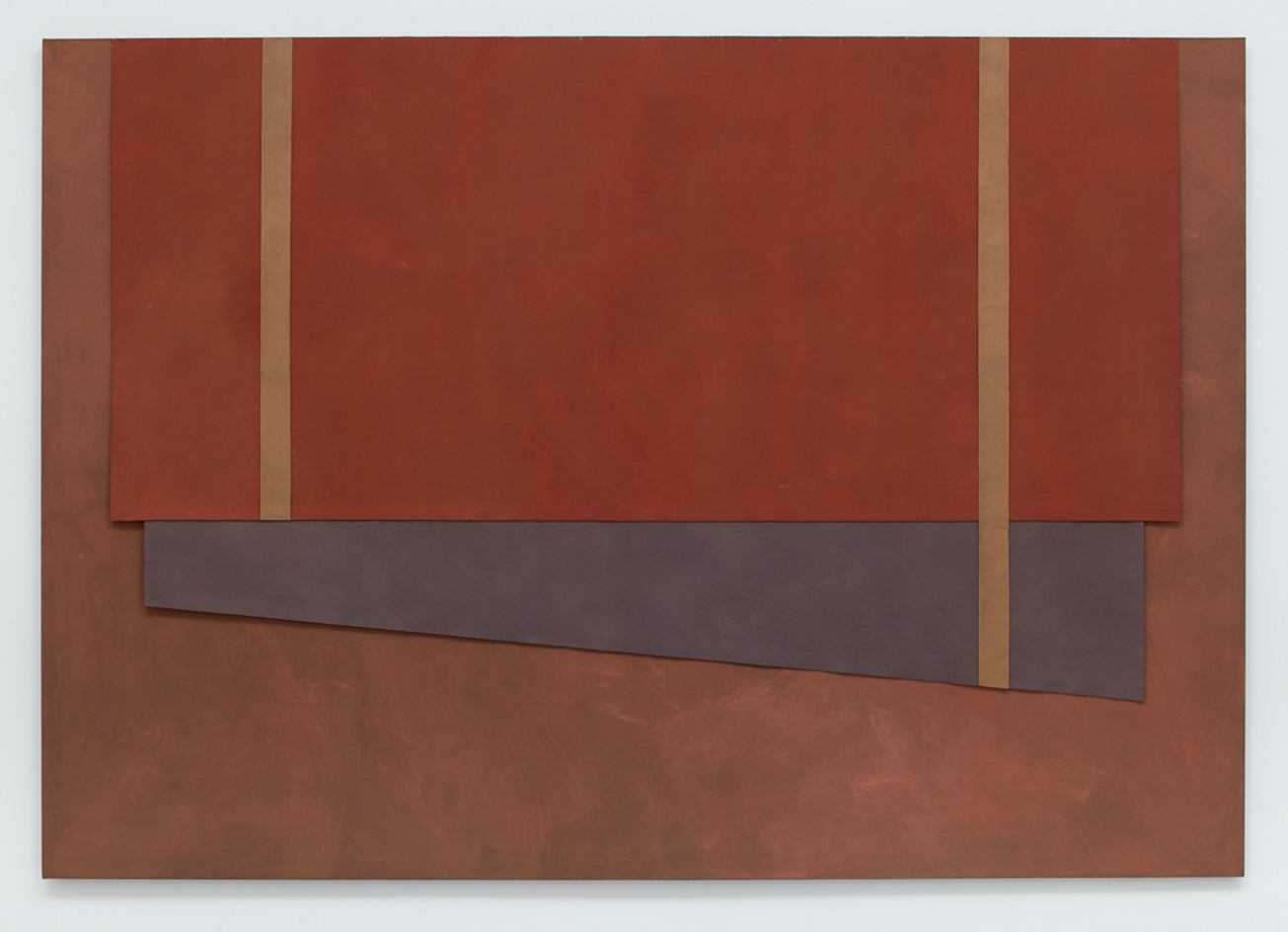
In 1971, the artist Mary Obering moved from Colorado to Soho, at the height of the neighbourhood’s transformation into an artist haven. Nearly 50 years later, the celebrated painter appears in her first solo show at Kayne Griffin Corcoran in Los Angeles, after the gallery began representing her earlier this year.
Rather than a debut, the show feels more like an announcement: Obering has always been there, and the exhibition, on view through 3 November, centres on a suite of abstract paintings from the 1970s. To follow, Obering has worked in the very same Soho studio she first arrived in up into the present day.
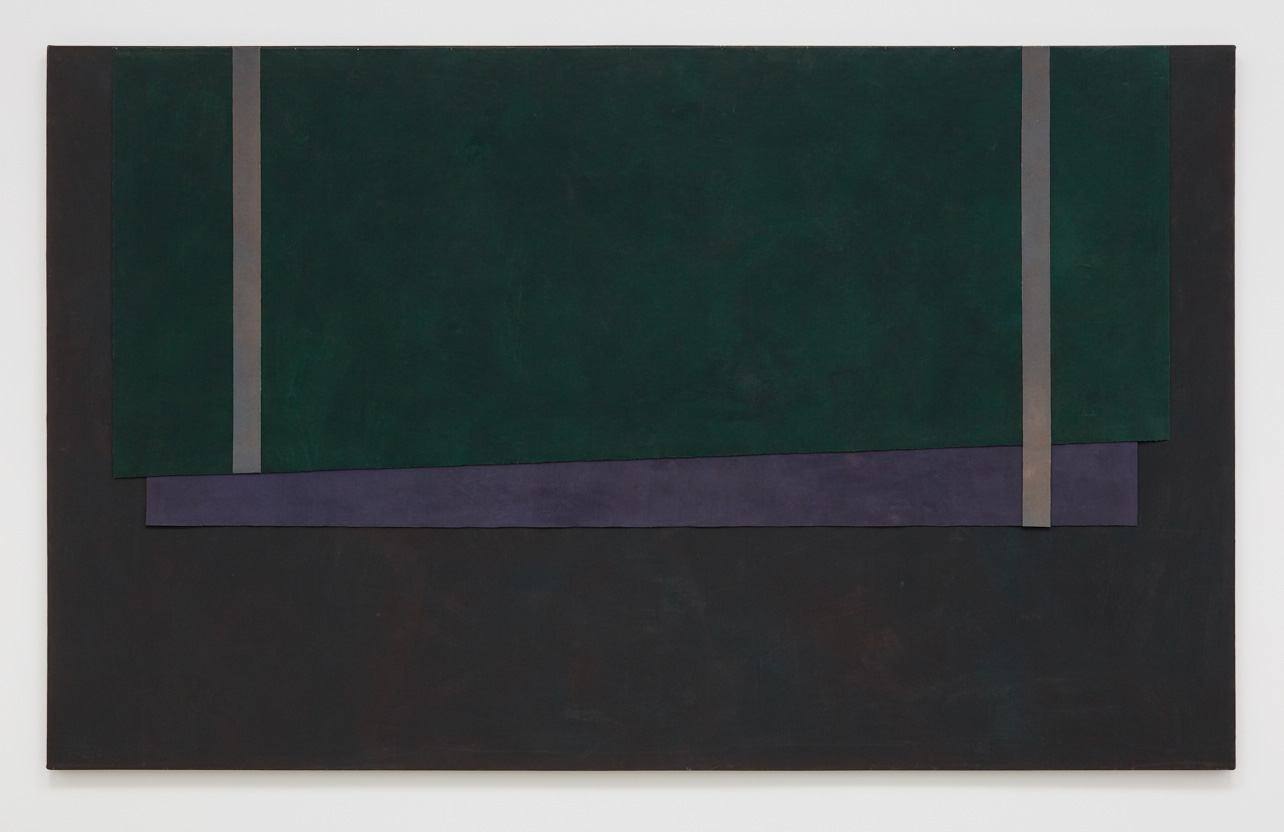
Black March, 1974, by Mary Obering, acrylic on canvas. Courtesy of Kayne Griffin Corcoran
Born in Louisiana in 1937, Obering later traveled to Italy as a young artist, which stoked her interest in art-making – but it was in Soho, at the urging of figures like Carl Andre, that she began to work on large-scale paintings for which she became more widely known. Her work experimented with ideas culled from colour field paintings as well as abstraction, and went on to appear in the 1975 Whitney Biennial as well as in exhibitions at the Museum of Fine Arts, Boston, Artists Space, and the Wadsworth Atheneum Museum of Art.
The rich jewel tones and distinctive textural quality of her geometric compositions, however, in fact take their cues from the Old Masters – an unlikely source for the quietly combative canvases for which Obering has been celebrated since the mid-1970s. Obering uses original paintmaking techniques, relying on egg tempera and gold-leaf on gessoed panel, to create a sense of tactility and the deep hues of her paintings.
In works such as Déjà Vu (1975), thick ochres butt up against petal-thin pinks in layers of abstracted shapes; or in the case of Fleshscape (1975), a layering of bruise purple, blood-red, and scar orange hints at a drama unfolding on its layered surface.
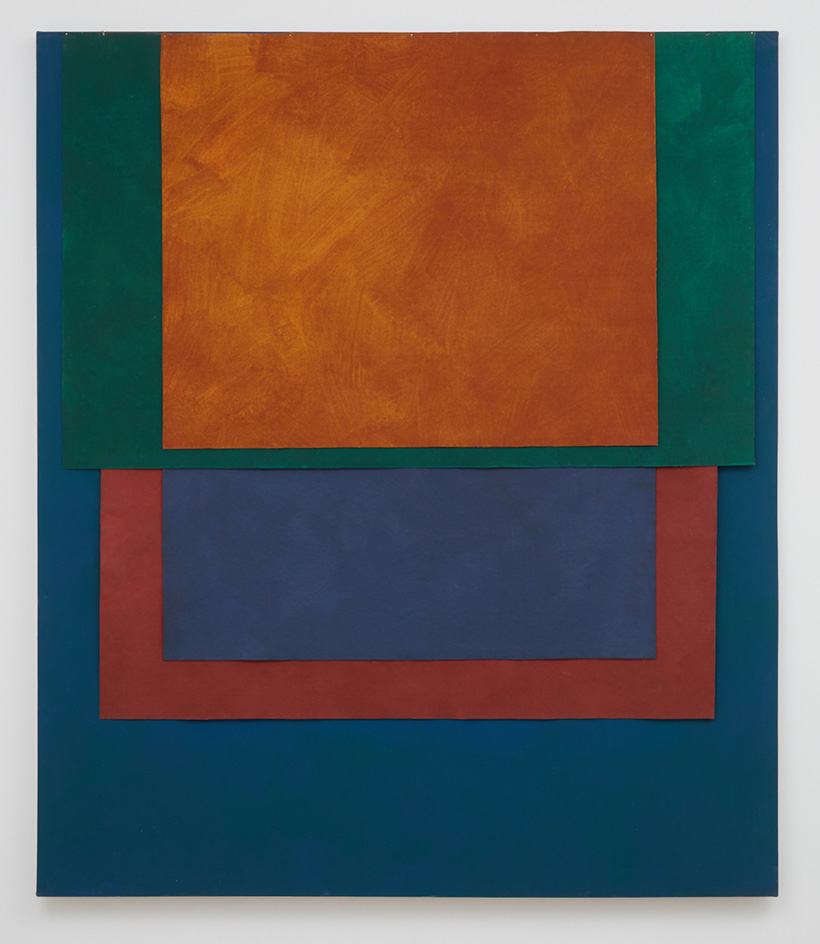
Balcony, 1975, by Mary Obering, acrylic on canvas. Courtesy of Kayne Griffin Corcoran
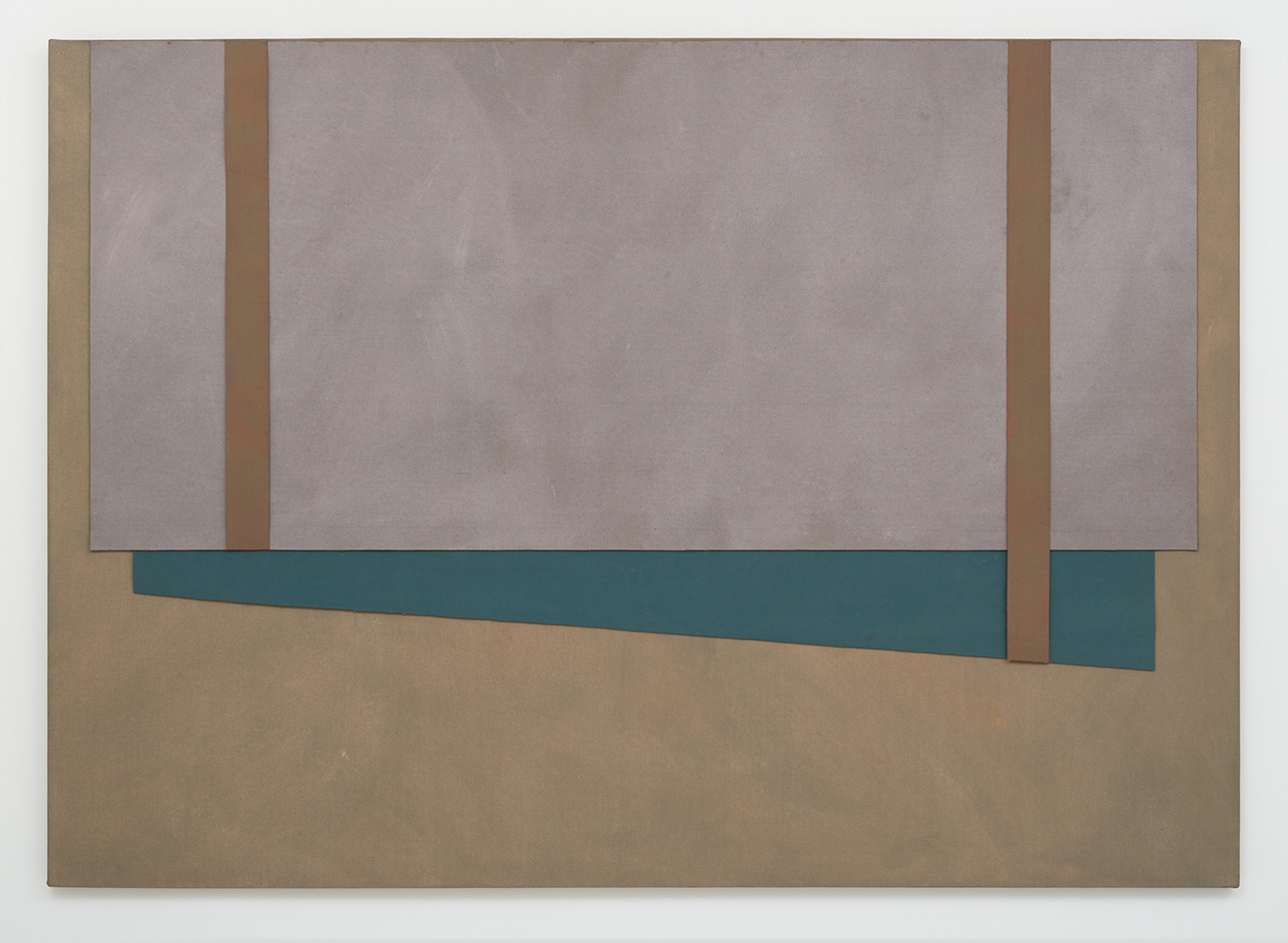
Caddo Day, 1974, by Mary Obering, acrylic on canvas. Courtesy of Kayne Griffin Corcoran
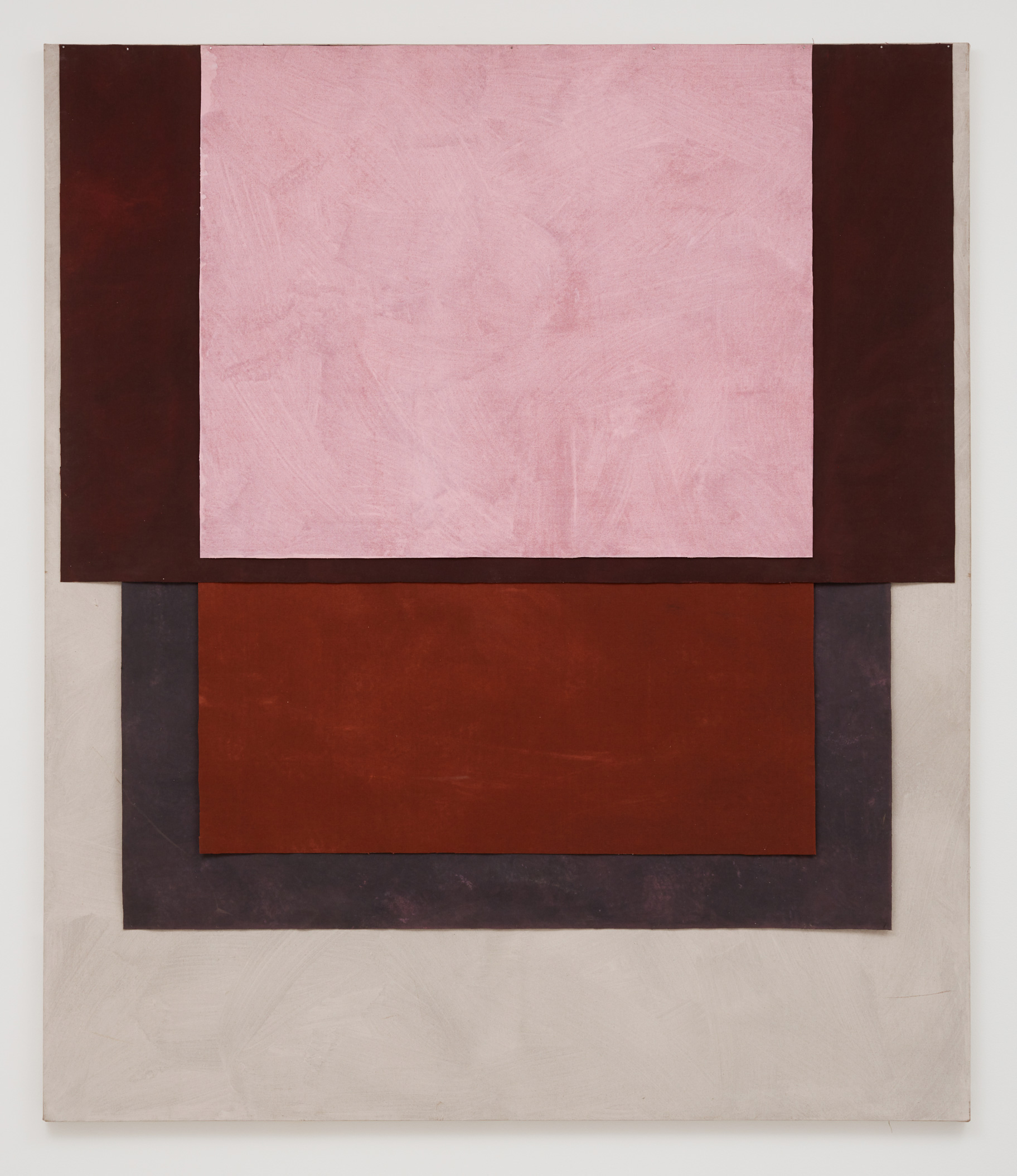
Déjà Vu, 1975, by Mary Obering, acrylic on canvas. Courtesy of Kayne Griffin Corcoran
INFORMATION
‘Mary Obering’ is on view until 3 November. For more information, visit the Kayne Griffin Corcoran website
ADDRESS
Kayne Griffin Corcoran
1201 South La Brea Avenue
Los Angeles
Wallpaper* Newsletter
Receive our daily digest of inspiration, escapism and design stories from around the world direct to your inbox.
-
 All-In is the Paris-based label making full-force fashion for main character dressing
All-In is the Paris-based label making full-force fashion for main character dressingPart of our monthly Uprising series, Wallpaper* meets Benjamin Barron and Bror August Vestbø of All-In, the LVMH Prize-nominated label which bases its collections on a riotous cast of characters – real and imagined
By Orla Brennan
-
 Maserati joins forces with Giorgetti for a turbo-charged relationship
Maserati joins forces with Giorgetti for a turbo-charged relationshipAnnouncing their marriage during Milan Design Week, the brands unveiled a collection, a car and a long term commitment
By Hugo Macdonald
-
 Through an innovative new training program, Poltrona Frau aims to safeguard Italian craft
Through an innovative new training program, Poltrona Frau aims to safeguard Italian craftThe heritage furniture manufacturer is training a new generation of leather artisans
By Cristina Kiran Piotti
-
 ‘Humour is foundational’: artist Ella Kruglyanskaya on painting as a ‘highly questionable’ pursuit
‘Humour is foundational’: artist Ella Kruglyanskaya on painting as a ‘highly questionable’ pursuitElla Kruglyanskaya’s exhibition, ‘Shadows’ at Thomas Dane Gallery, is the first in a series of three this year, with openings in Basel and New York to follow
By Hannah Silver
-
 Leonard Baby's paintings reflect on his fundamentalist upbringing, a decade after he left the church
Leonard Baby's paintings reflect on his fundamentalist upbringing, a decade after he left the churchThe American artist considers depression and the suppressed queerness of his childhood in a series of intensely personal paintings, on show at Half Gallery, New York
By Orla Brennan
-
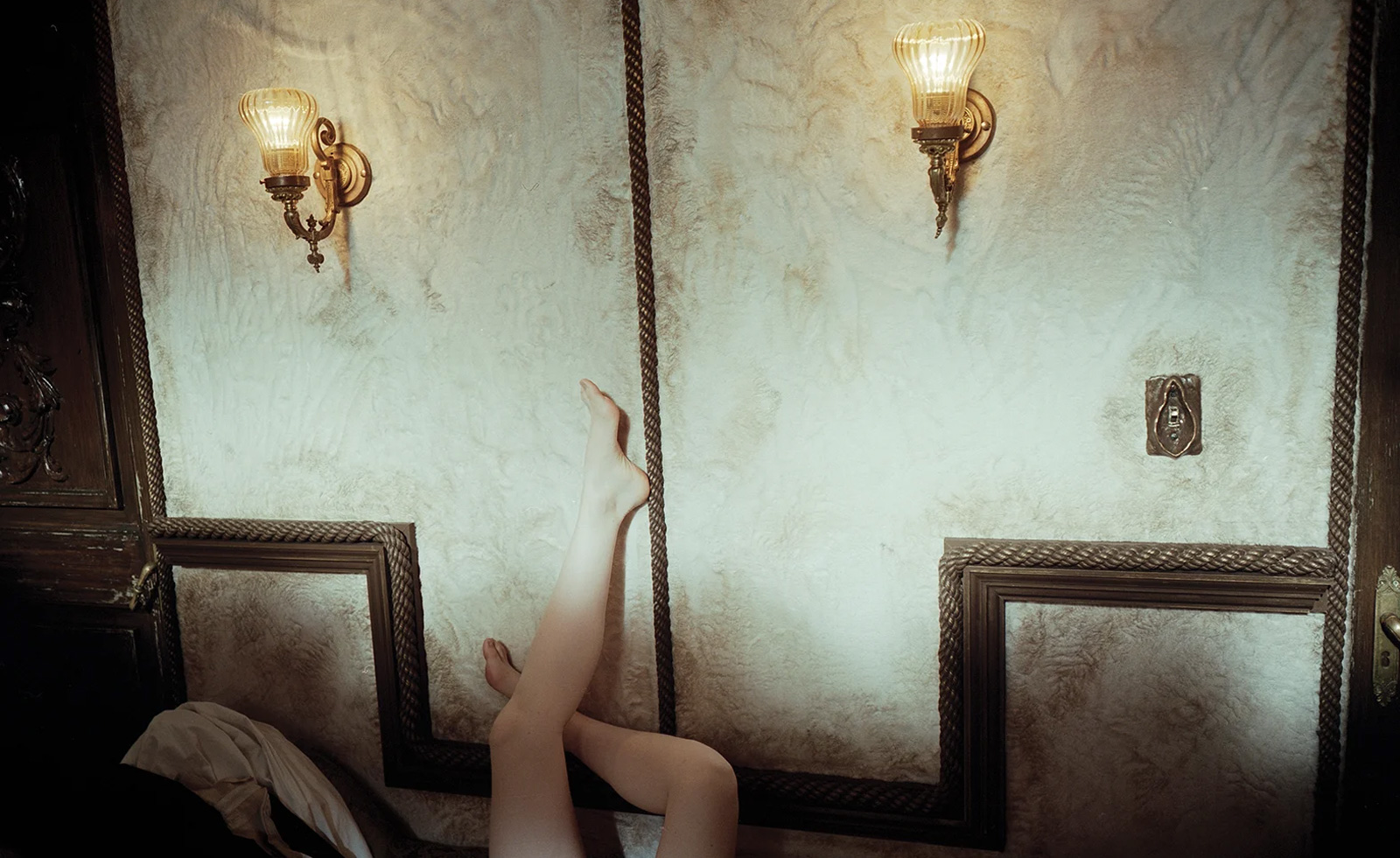 Unlike the gloriously grotesque imagery in his films, Yorgos Lanthimos’ photographs are quietly beautiful
Unlike the gloriously grotesque imagery in his films, Yorgos Lanthimos’ photographs are quietly beautifulAn exhibition at Webber Gallery in Los Angeles presents Yorgos Lanthimos’ photography
By Katie Tobin
-
 Desert X 2025 review: a new American dream grows in the Coachella Valley
Desert X 2025 review: a new American dream grows in the Coachella ValleyWill Jennings reports from the epic California art festival. Here are the highlights
By Will Jennings
-
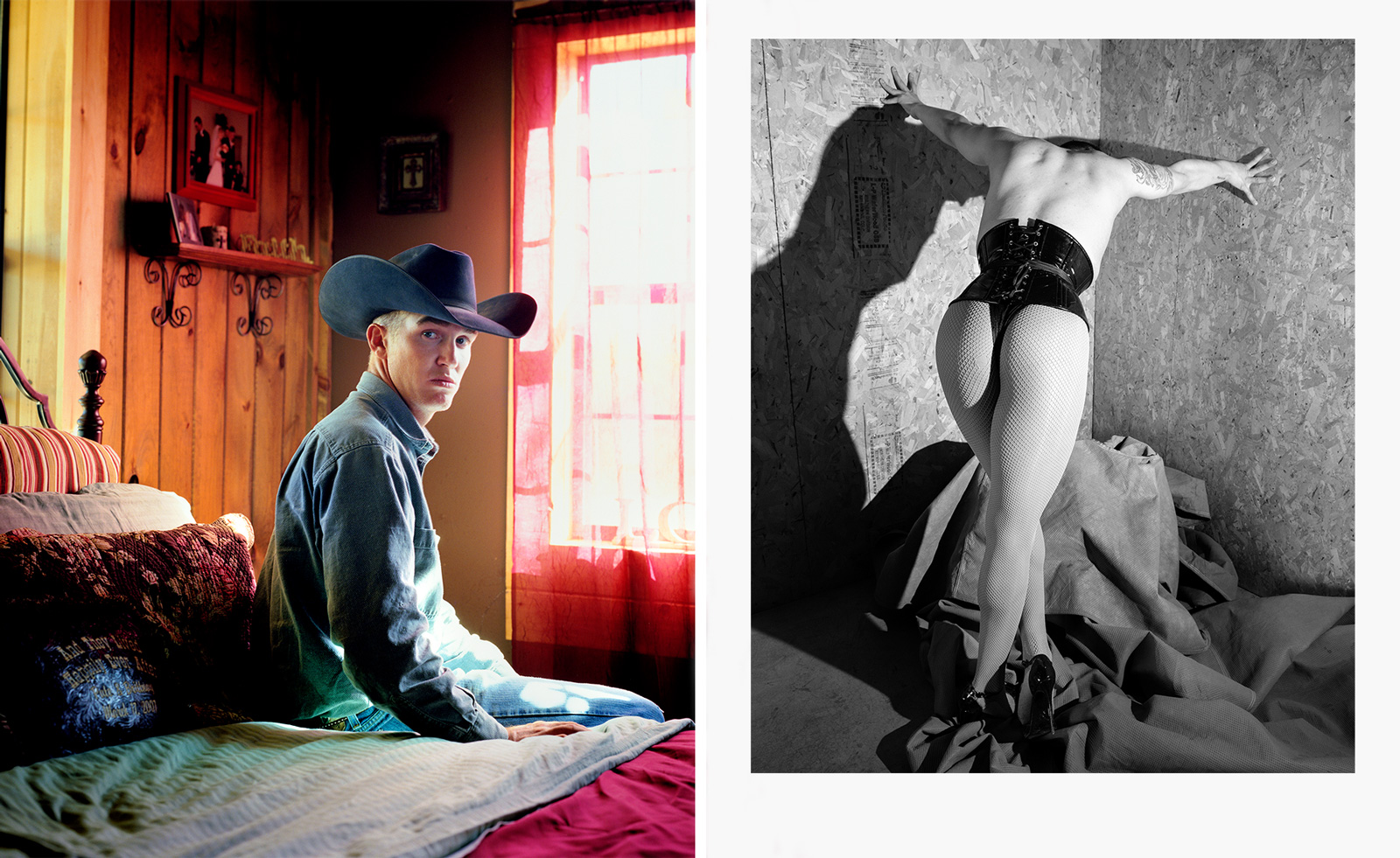 Cowboys and Queens: Jane Hilton's celebration of culture on the fringes
Cowboys and Queens: Jane Hilton's celebration of culture on the fringesPhotographer Jane Hilton captures cowboy and drag queen culture for a new exhibition and book
By Hannah Silver
-
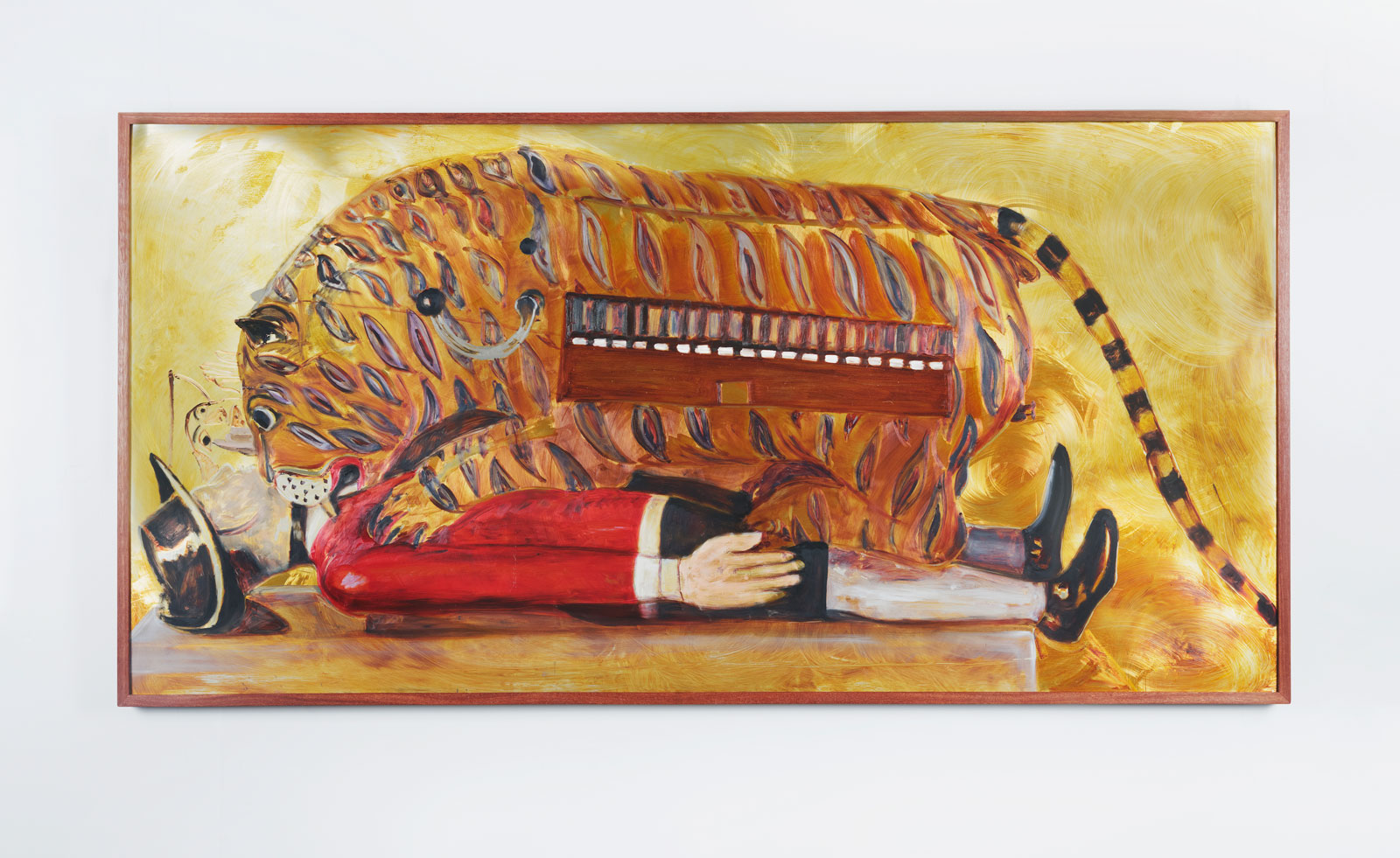 New gallery Rajiv Menon Contemporary brings contemporary South Asian and diasporic art to Los Angeles
New gallery Rajiv Menon Contemporary brings contemporary South Asian and diasporic art to Los Angeles'Exhibitionism', the inaugural showcase at Rajiv Menon Contemporary gallery in Hollywood, examines the boundaries of intimacy
By Aastha D
-
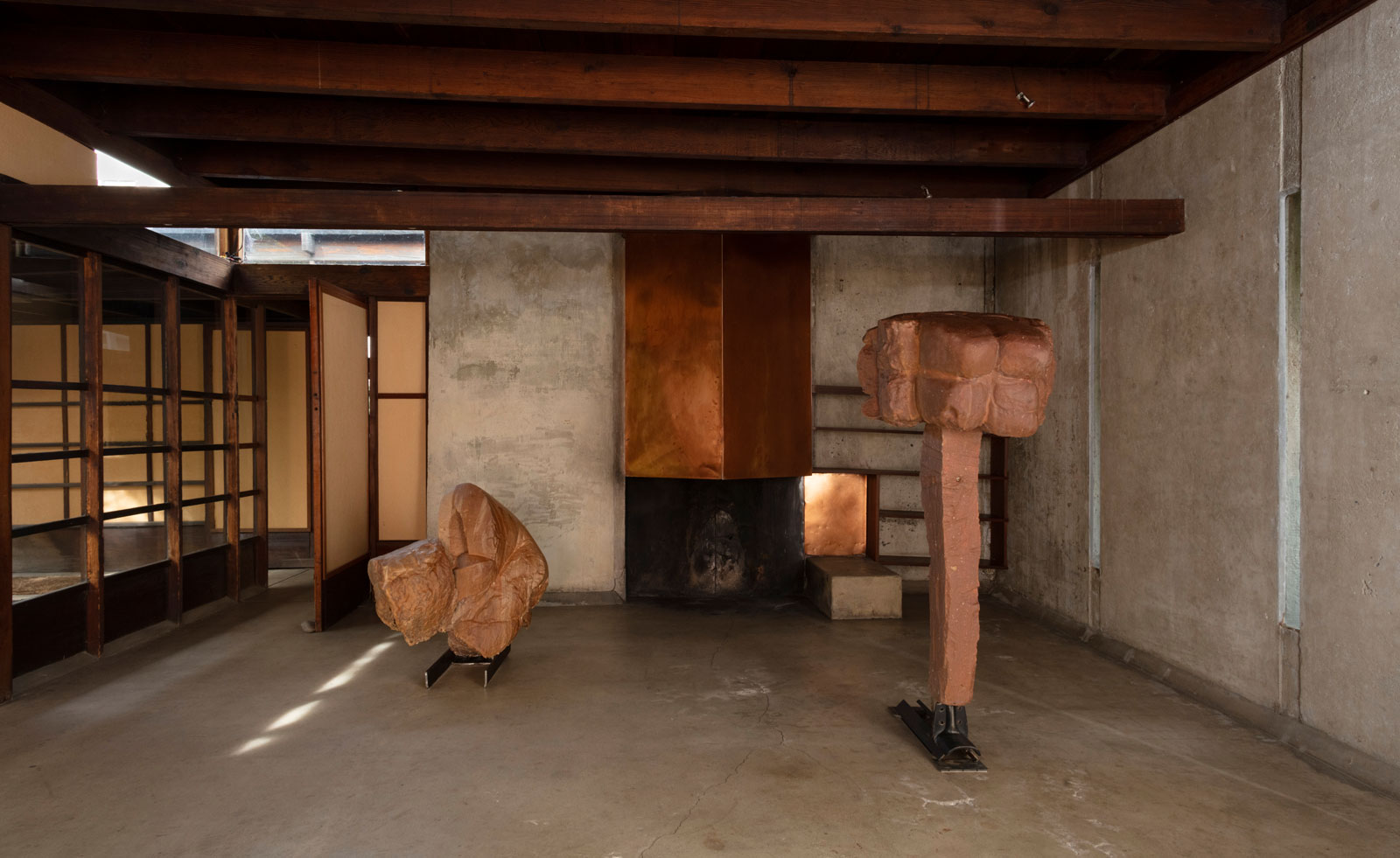 Helmut Lang showcases his provocative sculptures in a modernist Los Angeles home
Helmut Lang showcases his provocative sculptures in a modernist Los Angeles home‘Helmut Lang: What remains behind’ sees the artist and former fashion designer open a new show of works at MAK Center for Art and Architecture at the Schindler House
By Francesca Perry
-
 In ‘The Last Showgirl’, nostalgia is a drug like any other
In ‘The Last Showgirl’, nostalgia is a drug like any otherGia Coppola takes us to Las Vegas after the party has ended in new film starring Pamela Anderson, The Last Showgirl
By Billie Walker